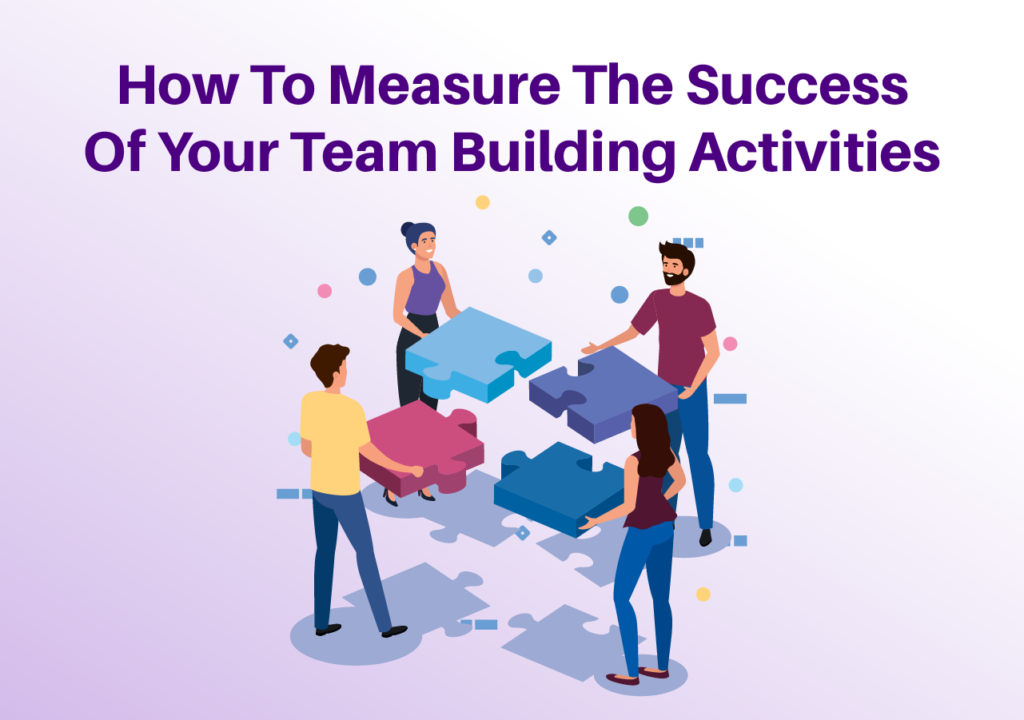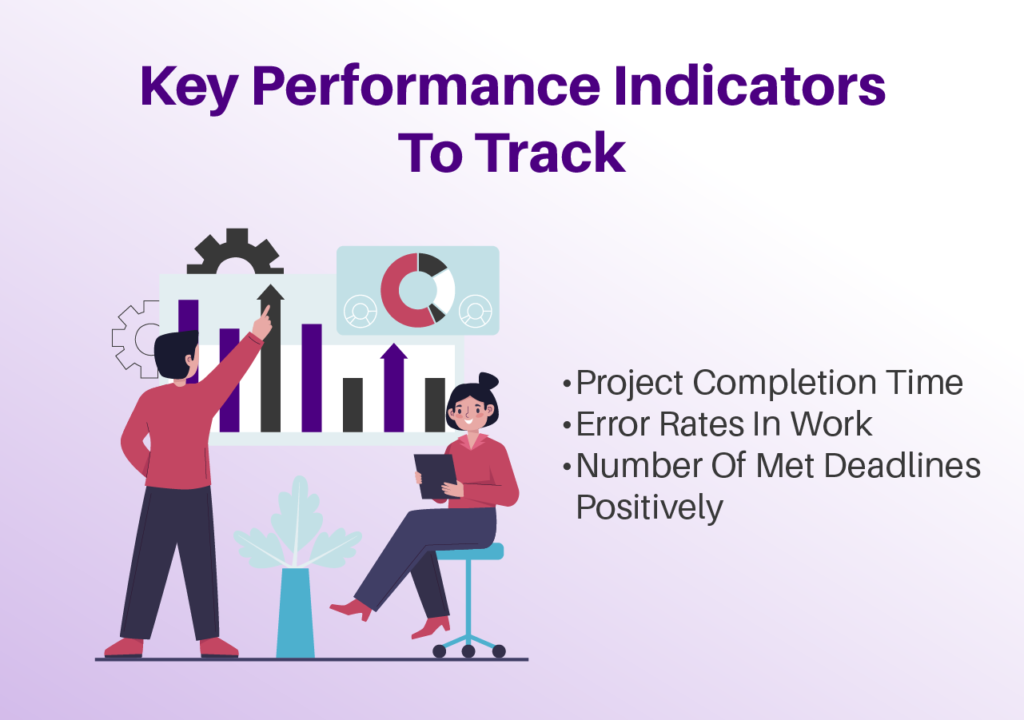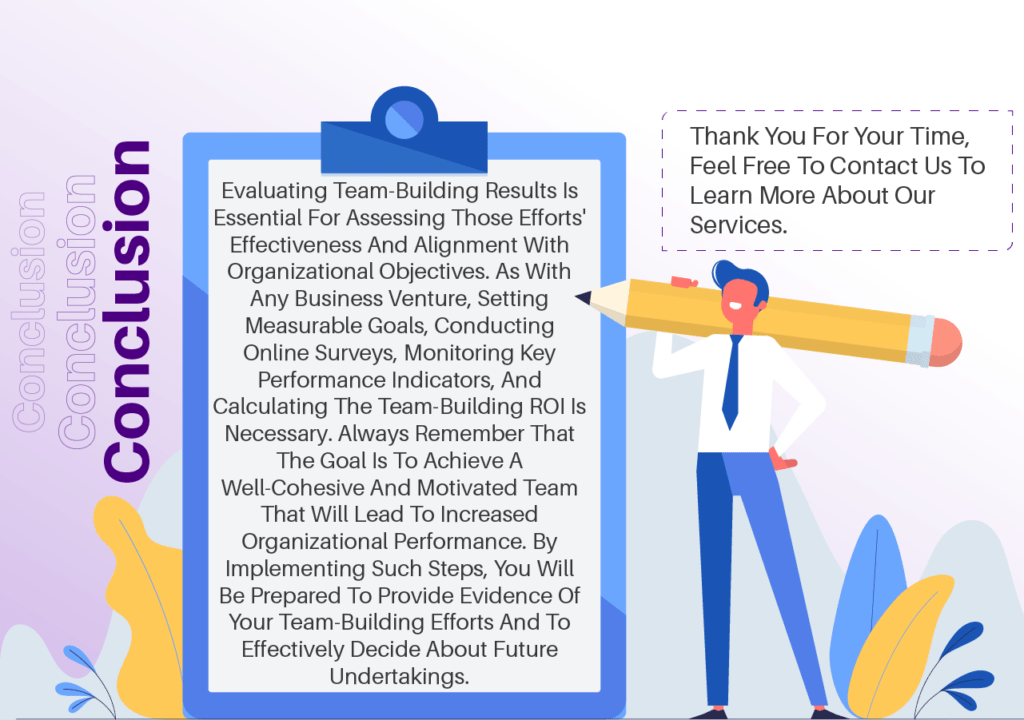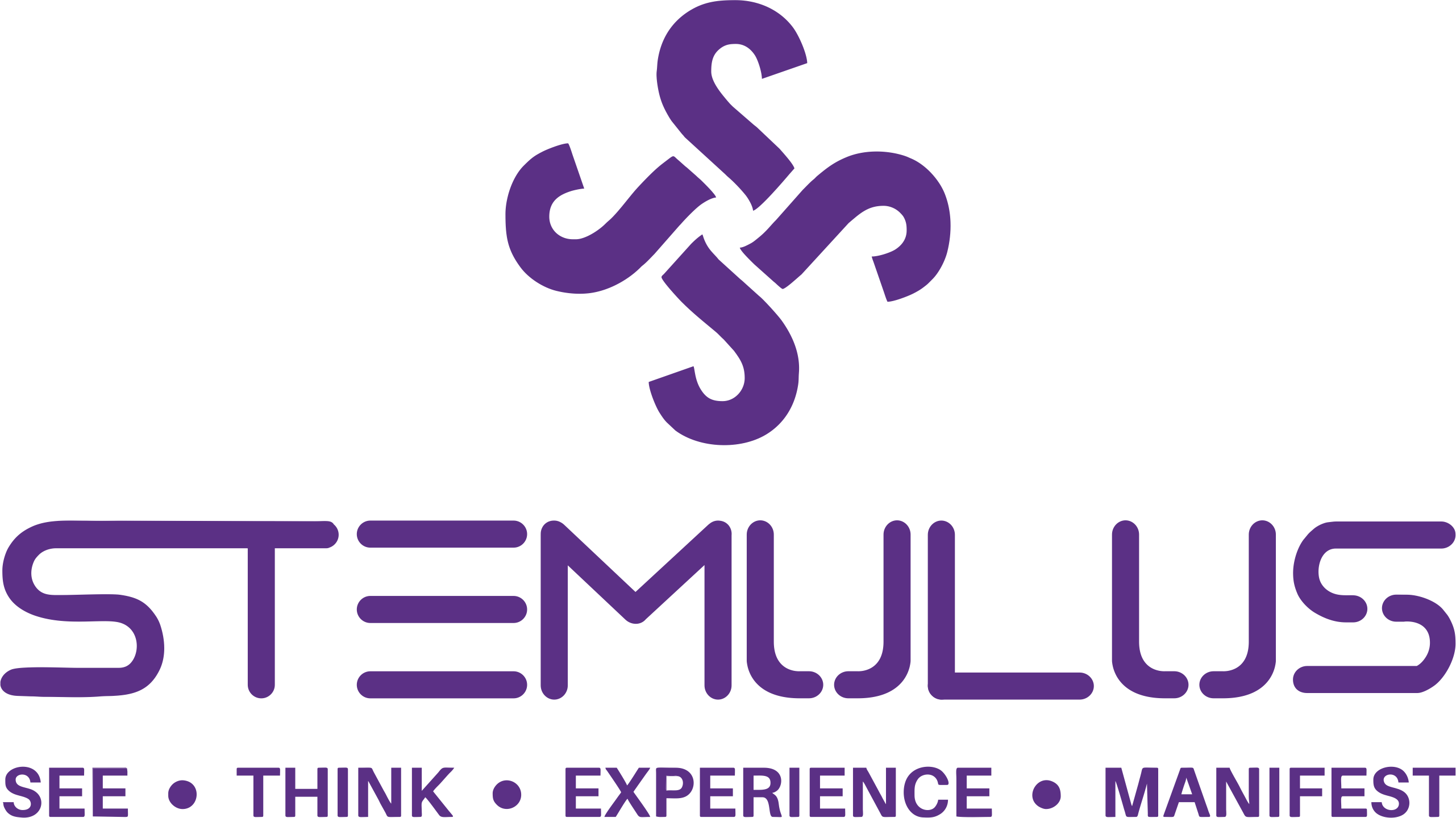Table of Contents
How to Measure the Success of Your Team-Building Activities
Team-building concepts are essential for establishing practical cooperation, improving staff motivation, and increasing organizational efficiency. However, one is left wondering how the success of team-building can be measured. Overall, readers must understand that such activities consume time and require investment; thus, the ROI of these activities needs to be understood. In this segment, readers look at the aspects and measures that help evaluate the effectiveness of team-building undertakings.
Group development is critical in improving communication, motivation, and efficiency of employees’ output in an organization. Thus, the question arises is how best one can quantify the success of team building. Before undertaking these activities, it is vital to comprehend the return on investment (ROI) to explain why the effort was devoted to them. In this section, let’s look at the general and specific measures and plans that would help measure the effectiveness of your team-building endeavours.

Establish Clear Objectives
However, when discussing team-building success, it is necessary to define specific goals that need to be achieved. For example, are you trying to address communication, collaboration, or conflict resolution? One can harmonize the assessments with the earlier measurement parameters by specifying objectives.
Pre- and Post-Activity Surveys
Pre- and post-surveys of team building activities might help determine the extent to which they are effective in appreciable degrees. Therefore, These surveys should encompass cohesiveness, communication, trust, and job satisfaction within the teams. A comparison of the results helps establish the progress that has been made, and the initial demonstrable effect.
Sample Survey Questions:
- On a scale of 0-10, how satisfied are you with your team members?
- On a scale from 0 to 10, how high would you establish the present level of trust in your team?
- To what extent do you think your team synergizes
Monitor Team Performance Metrics
Another method is quantifying the trends in key performance indicators (KPIs) after certain intervals to gauge the efficiency of the team-building initiatives. These parameters will indicate the effectiveness of team-building activities—how much was completed, how well it was finished, and whether it was completed on schedule. A marked enhancement in these areas can be seen as evidence of the activity’s effectiveness.
Key Performance Indicators to Track:
- Project completion time
- Error rates in work
- Number of met deadlines positively

Assess the Mood and Motivation among Team Members
Team loyalty and enthusiasm are usually the outcomes of efficient team-building exercises. These elements can be assessed using pulse surveys at fixed frequency rates, interviews, and direct teamwork observation. More energy, influential contributions in meetings, and an overall positive spirit in the team are signs of success in the organization.
Assess Collaboration and Communication
Effect must be achieved to improve team work and intergroup communication relations. These improvements can be measured by analysing the numbers and quality of the interdepartmental projects. Observing the number of team members’ contributions during the brainstorming sessions and the workflows to share the information within the interdisciplinary team
.
Indicators of Improved Collaboration:
- Increase in collaborative projects
- Increased level of attendance at team meetings
- Accurate and timely System information exchange
Calculate Team Building ROI
The measurement of team-building ROI relies on comparing the costs of the activities to the benefits they create in the form of tangible or intangible assets. Converting intangible benefits into hard monetary value may sometimes be challenging. Still, it is recommended that when compiling a program’s return, it should capture both tangible and Intangible benefits.
Steps to Calculate Team Building ROI:
Identify Costs: This involves detailing the cost of the activities, the facilitator’s expenses, and any other time spent.
Quantify Benefits: Evaluate changes in how many and the extent to which system outputs have been enhanced, the kinds of and rates of turnover occurring, and the quality of the performance turned out by the system’s teams.
Compare Costs and Benefits: Subtract the total costs from the total benefits to obtain the ROI, and determine the ratio of total benefits to total costs.
Gather Feedback
Last but not least, the direct feedback collected from the participants gives rise to some qualitative information regarding the effectiveness of the team-building activities. Promote post-mortem analysis and discussions of the outcomes and the poor, and discuss what can be done to enhance the activities. Feedback to enhance the team-building process is essential in adapting to change and improving the strategy.
Conclusion





[…] you for your valuable time. Feel free to connect with us and find the best team-building activities for your […]